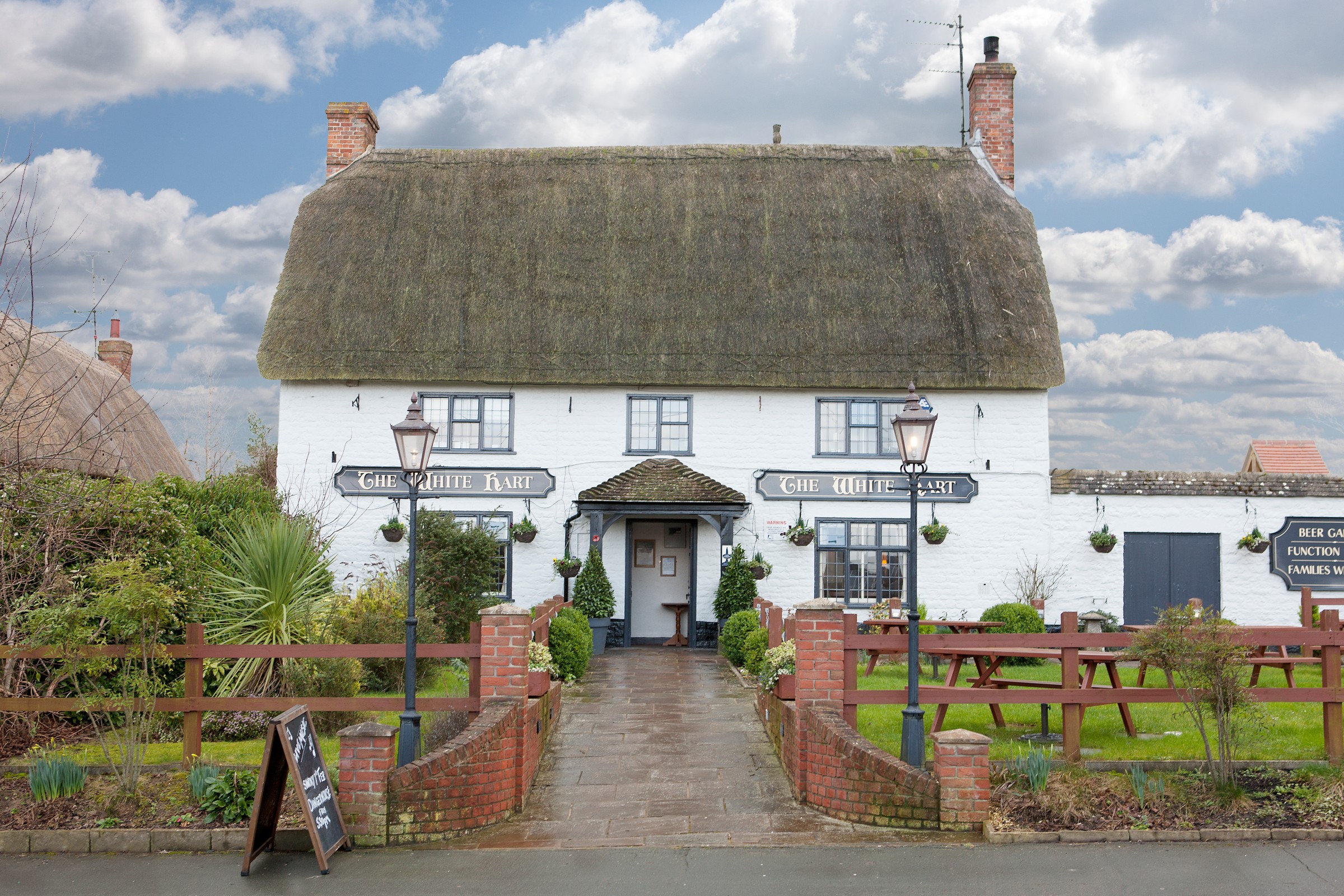Lacock Abbey: Exploring The Cotswolds
Whether you’re looking to walk the magical hallways of Hogwarts, swoon over the interiors that played host to Mr Darcy, or capture a snapshot of the birthplace of modern photography, there are plenty of reasons to visit the beautiful Lacock Abbey in Wiltshire.
An Ancient Attraction Just 35 Minutes (25 Miles) Drive From The White Hart
After a busy day exploring the many sights of Lacock Abbey, pay us a visit at The White Hart to try some of our award-winning Butcombe beer and our delicious food offering, before resting your head in one of our boutique bedrooms.
History of Lacock Abbey
Lacock Abbey has a long history dating back to the early 13th century. Its origins may have been as a nunnery, but following the Dissolution of the Monasteries by Henry VIII in the mid-16th century, the Abbey was purchased by Tudor courtier Sir William Sharington, who converted the building into a family home.
The house later passed into the hands of the Talbot family through marriage, and during the 19th century became the residence of William Henry Fox Talbot, who made history by capturing the world’s first photographic negative in the building’s South Gallery, lending the Abbey its name as the birthplace of modern photography.
Today, Lacock Abbey is a Grade I-listed building and belongs to National Trust, after being gifted to the charity by the Talbot family in 1944.
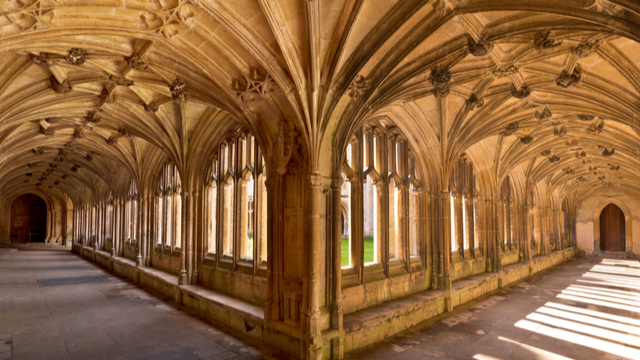
What To See At Lacock Abbey
As a result of its past incarnations as a nunnery and private home, Lacock Abbey is a fascinating mish-mash of architectural styles. Visitors can explore its medieval cloisters and adjoining chapter house, sacristy and warming house for a glimpse into the building’s monastic past, and marvel at the architectural contributions made by later residents, including the Renaissance-inspired octagonal tower, and the Gothic-inspired entrance arch and Great Hall.
There is also the Fox Talbot Museum on the ground floor of the Abbey, which is dedicated to celebrating the life and achievements of former resident and photography pioneer William Henry Fox Talbot, and a gallery which hosts contemporary photographic exhibitions throughout the year.
The Abbey’s beautiful wooded grounds are ideal for taking relaxed walks in every season, and there’s lots to discover in the surrounding picturesque village of Lacock, with its quaint cottages, medieval tithe barn, old lock-up, village church and variety of interesting shops.
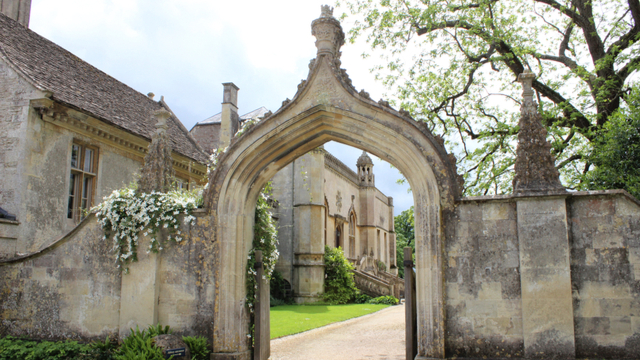
Lacock Abbey On Screen
Appropriate for the birthplace of modern photography, Lacock Abbey is no stranger to the big screen.
Both the abbey and surrounding village are instantly recognisable from a variety of film and television productions, including Harry Potter, Fantastic Beasts: The Crimes of Grindelwald, Pride and Prejudice and Downton Abbey.
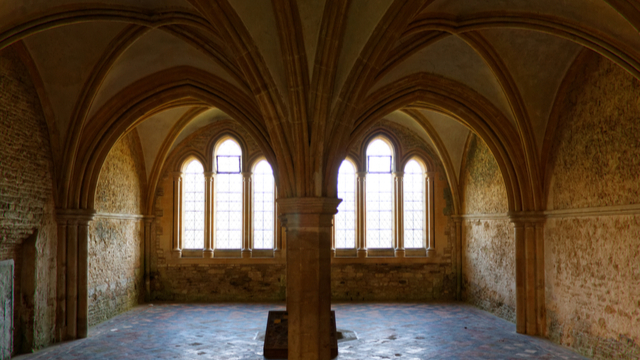
Lacock Abbey and Harry Potter
Of all the productions that have passed through Lacock Abbey over the years, perhaps none is better known than Harry Potter, making the abbey a site of pilgrimage for many die-hard Potterheads around the world. Must-see filming locations include:
The Abbey’s Cloisters, which were magicked into Hogwarts’ corridors for the Philosophers Stone and the Chamber of Secrets
The Warming Room, which was transformed into Professor Quirrel’s Defense Against the Dark Arts Classroom in the Philosopher’s Stone
The Sacristy Room, which was the location for Professor Snape’s Potions Classroom in the Philosopher’s Stone
The Chapter House, which appears in both the Philosopher’s Stone as the room where Harry first stumbles upon the Mirror of Erised, and in the Chamber of Secrets as the study hall where Harry listens in on his fellow students debating whether he’s the heir of Slytherin!
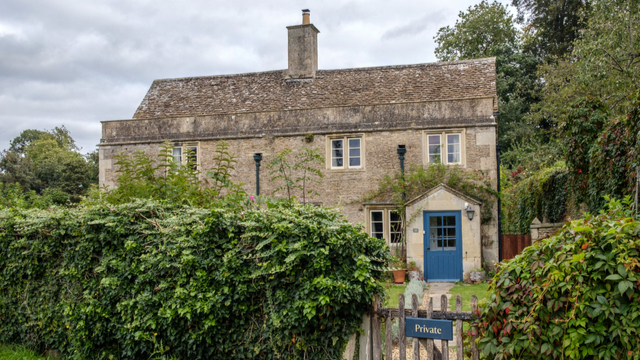
Lacock Abbey and Pride and Prejudice
Fans of Jane Austen’s classic novel would do very well to visit Lacock Abbey, with its swoon-worthy interiors featuring in the BBC’s 1995 TV mini-series adaptation for the flashback scenes of Mr Darcy’s time at Cambridge University. The Abbey’s cloister was also where viewers learn of the history of his strained relationship with Mr Wickham.
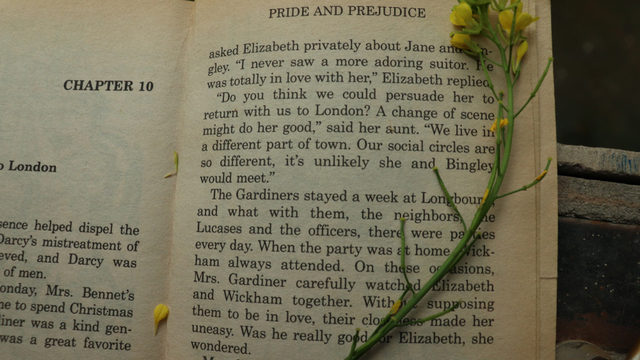
Lacock Village and Downton Abbey
Although there were no scenes shot within the Abbey, the surrounding village of Lacock has starred not once, but twice in Downton Abbey. In 2015 the period drama’s crew transformed one of the village’s streets into a 1920s livestock market, with sheep, pigs and a 1-tonne long-horned bull joining the cast to create a bustling market scene attended by Lord Grantham, his family and many of the staff.
In 2018 the crew returned to the village to shoot scenes for the much-anticipated Downton Abbey movie, with its streets setting the scene for a spectacular royal parade which featured real-life Lacock residents dressed in period-accurate costumes!
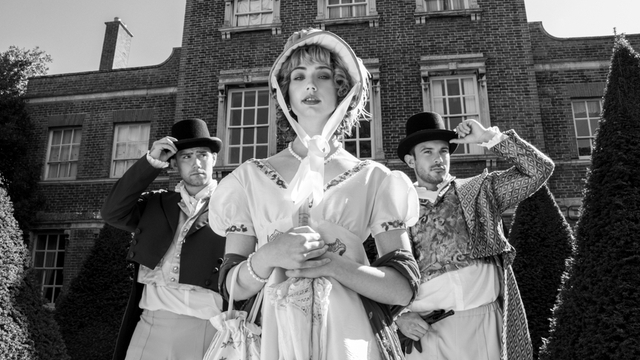
Directions To The White Hart From Lacock Abbey
Located in the heart of picturesque Wroughton, The White Hart is a beautiful Grade II-listed thatched 19th-century Wiltshire pub offering delicious food, award-winning Butcombe beer and comfortable rooms.
To reach The White Hart from Lacock National Trust car park, you must head west to exit the car park before turning right onto Hither Way. Continue onto The Wharf and the Bowden Hill before taking a slight right onto Devizes Road.
Turn left onto the A3102 and then, at the roundabout, take the 2nd exit onto London Road (A4). Continue for approximately 6 miles and then take the 1st exit onto Beckhampton Road (A4361) at the roundabout.
Continue on the A4361 for around 9 miles and The White Hart will be on your right.
